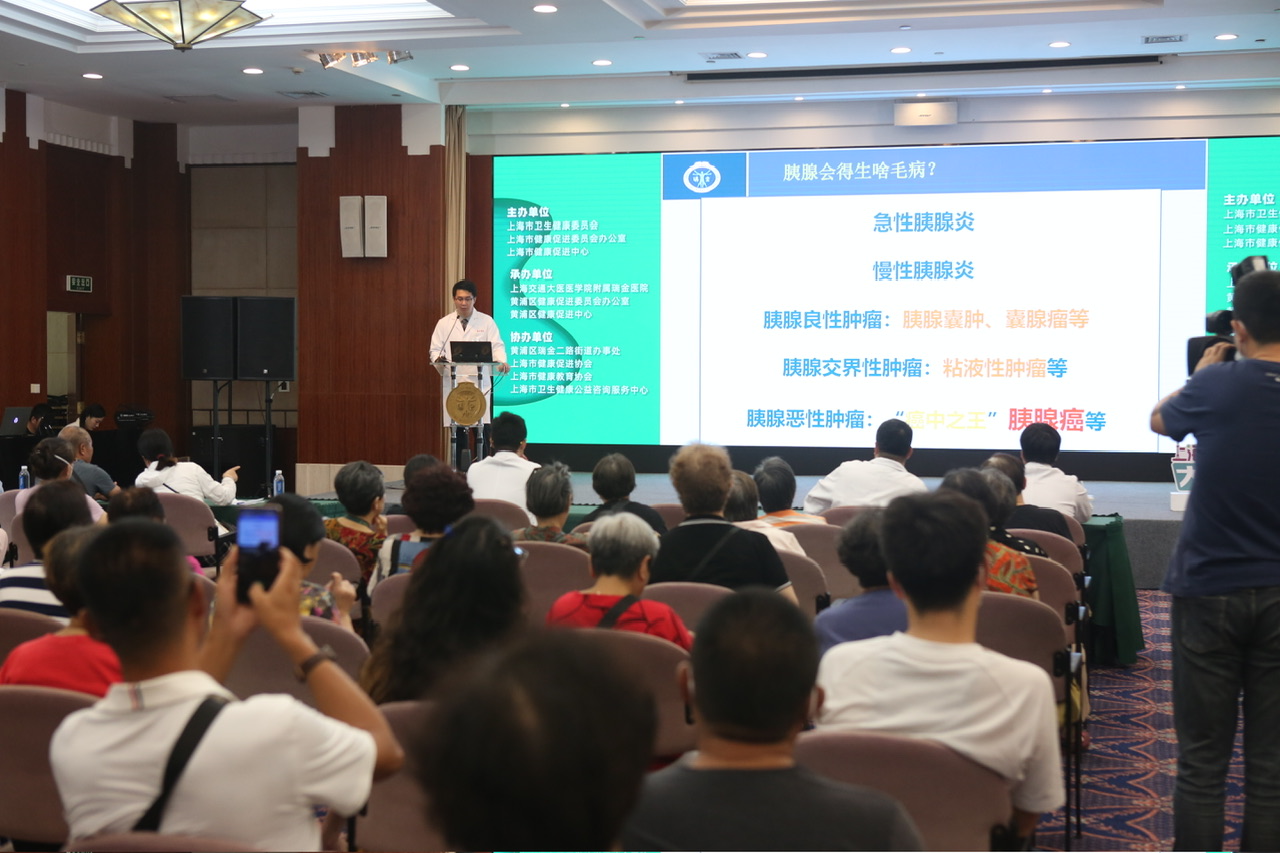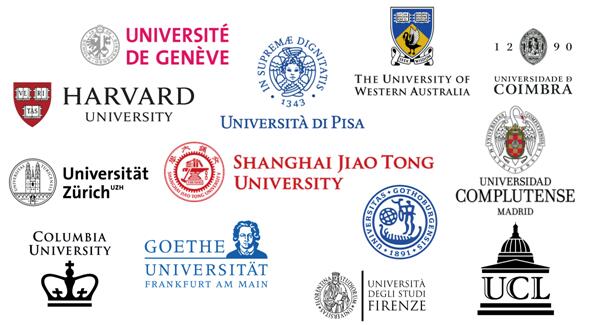It may also lay a hidden danger for cancer, be careful! Improper diet in summer may trigger pancreatic disease. Wen Chenlei | pancreatic cancer | hidden danger
Pancreatic cancer is a highly malignant tumor of the digestive tract, known as the "king of cancer". In the scorching summer, delicious foods such as barbecue, cold beer, crayfish, and hot pot are the favorites of many diners, and they are often the culprits that trigger pancreatic diseases.
Recently, the Shanghai Health Lecture Hall, sponsored by the Shanghai Health Commission, the Shanghai Health Promotion Commission Office, and the Shanghai Health Promotion Center, and organized by the Ruijin Hospital affiliated with Shanghai Jiao Tong University School of Medicine, the Huangpu District Health Promotion Commission Office, and the Huangpu District Health Promotion Center, specifically focused on pancreatic health issues. Vice Chief Physician Zhang Jun and attending physician Wen Chenlei from the Pancreatic Disease Diagnosis and Treatment Center of Ruijin Hospital were invited to share the concept of pancreatic disease lifecycle management, helping citizens to do a good job in health management and prevent pancreatic diseases.
Data shows that pancreatic cancer is one of the cancers with the highest mortality rate in the world. In recent 10 years, the incidence rate of pancreatic cancer has increased year by year in China. The 1-year survival rate of patients is 20%, the 5-year survival rate is 5%, and the average survival period is only 4 to 6 months. Unfortunately, the vast majority of patients with pancreatic cancer are already in the middle and late stages when they are diagnosed.
Zhang Jun analyzed that there were two reasons: first, the pancreas was hidden in the retroperitoneum, and the early symptoms of pancreatic cancer were not obvious; Second, the natural course of pancreatic cancer is very fast. In other words, the window period for early detection of pancreatic cancer is very short.
However, there was a significant difference in the five-year survival rate between patients with early pancreatic cancer and those with advanced pancreatic cancer. In the face of such a dangerous "cancer king", early diagnosis is crucial for overall treatment. Professor Shen Boyong's team from the Pancreatic Disease Diagnosis and Treatment Center of Ruijin Hospital Affiliated to Shanghai Jiao Tong University School of Medicine proposed the full lifecycle management of pancreatic diseases.
Wen Chenlei introduced that the first thing to do is to assess the genetic risk of pancreatic cancer and improve the early diagnosis rate of pancreatic cancer. The management of high-risk groups who have not yet received pancreatic cancer will greatly improve the overall effect of pancreatic cancer treatment. It is reported that the Pancreatic Disease Diagnosis and Treatment Center of Ruijin Hospital has developed the "Pancreatic Health" APP. Through the pancreatic cancer risk population self test table, we can get the high-risk population, the medium risk population and the low risk population of pancreatic cancer.
"Based on this platform, we have summarized a number of high-risk factors for pancreatic cancer. First, long-term high protein and high-fat diet; second, age factor, people over 60 years old are at a higher risk of pancreatic cancer; third, people with type 2 diabetes are at a high risk of pancreatic cancer; fourth, people with mental depression and anxiety are at a higher risk of pancreatic cancer than normal people; and bad habits such as smoking and drinking are also high-risk factors." Wen Chenlei stressed that "the study also found that the risk of pancreatic cancer among people aged 20 to 55 years old newly diagnosed with type 2 diabetes is 6 to 7 times that of people of the same age, which is worth everyone Pay attention."

In order to achieve personalized treatment of pancreatic cancer, the Pancreatic Disease Diagnosis and Treatment Center of Ruijin Hospital is committed to innovating the clinical treatment path, and has made achievements in improving the surgical safety of pancreatic cancer, improving the prognosis of patients, reducing surgical trauma, and achieving rapid recovery. At the same time, the team also carried out research on prognosis judgment and treatment sensitivity prediction of pancreatic cancer, as well as precise prevention and treatment of pancreatic cancer recurrence and metastasis intervention. The whole life cycle management of pancreatic cancer was realized through multiple paths, and the 5-year overall survival rate of pancreatic cancer patients in the pancreatic disease diagnosis and treatment center of Ruijin Hospital was increased to 17.2%, and the 5-year survival rate after radical surgery was 31.4%.
Zhang Jun reminded that from the risk factors of pancreatic cancer, it can be seen that the health of the pancreas is closely related to everyone's lifestyle. The first thing to do to stay away from pancreatic cancer is to eat sparingly. A handful of barbecue, two pots of crayfish, paired with cold beer and ice cream, can capture the joy of summer. After drinking and eating, various discomforts such as bloating, abdominal pain, diarrhea, nausea, and vomiting follow.
The most common abdominal discomfort caused by improper diet in summer is acute pancreatitis. For people who already have gallstones, hyperlipidemia, and frequently drink alcohol, if they suddenly experience persistent upper abdominal pain, accompanied by nausea, vomiting, bloating, fever, etc. after binge eating and heavy drinking, they should be alert to acute pancreatitis.
For mild acute pancreatitis, recovery is usually possible after fasting, gastrointestinal decompression, analgesia, supportive treatment, and etiological treatment. Severe acute pancreatitis can cause septic shock, multiple organ failure, and may require repeated surgery, resulting in a high mortality rate. Once severe and unresponsive abdominal pain occurs, or accompanied by obvious systemic symptoms, do not delay and promptly seek medical attention at the hospital's emergency department.
The expert finally reminded that the high-risk group of pancreatic cancer should receive enhanced CT or MR examination of the upper abdomen every year, and the examination of tumor markers in the blood and digestive tract every six months, with the focus on carbohydrate antigen 19-9 indicators. At the same time, we should pay attention to the changes in blood sugar, and be highly alert to new diabetes or poor blood sugar control.




